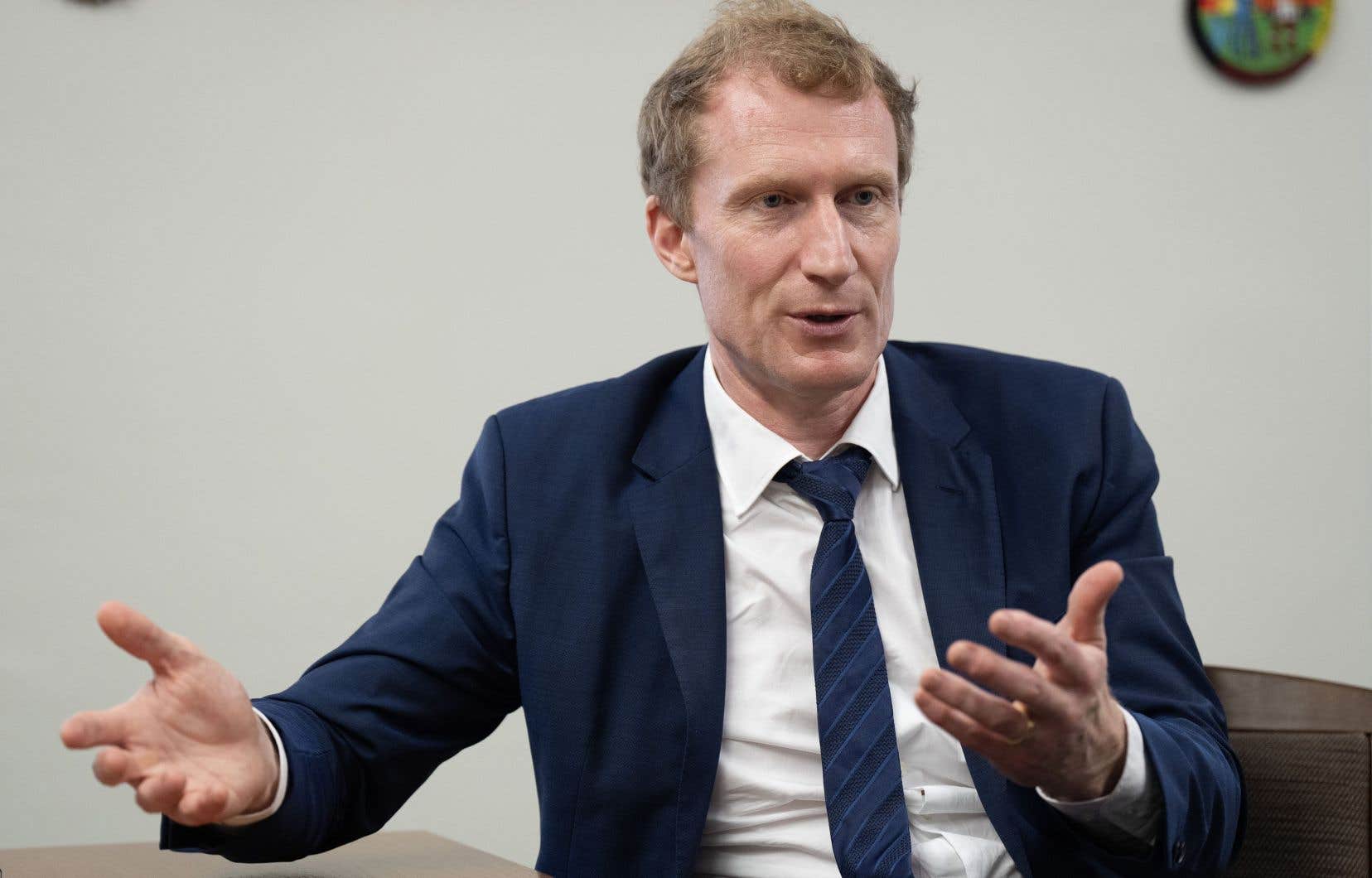Immigration, Refugees and Citizenship Canada (IRCC) “has taken several measures to tighten the noose internally” in the face of an increase in asylum applications made by foreign nationals who arrived in the country on visitor visas, says the minister Marc Miller, assuring that more action will come.
“There is work, there is some additional tightening to be done,” he said during a recent interview with The Canadian Press.
Miller said the ministry he is responsible for is already making adjustments due to a “surge” in cases where visas “particularly from India or Bangladesh” have been used.
“This is not the way to do things if we claim to come here to travel or whatever the reason, so there is internal work being done at that level,” said the Montreal elected official during the interview given in his office on Parliament Hill.
More and more foreign nationals are claiming asylum after setting foot in Canada on a visitor visa. Their monthly number quintupled from April 2023 to April 2024, the daily reported The Press earlier this month.
IRCC provided to The Canadian Press data showing that the number of people holding a “temporary resident visa” or “visitor visa” and seeking asylum in Canada actually increased from 1,815 to 10,170.
The ministry clarified that, “at the time of application, all applicants for temporary resident status must convince an agent that they have sufficient links with their country of origin, particularly with regard to their family and economic situation, and that they will leave Canada when their status expires.
“Some temporary residents come to Canada as genuine visitors, students or workers and then choose to seek asylum due to developments in their country of origin,” it added.
However, speaking of the influx of asylum seekers observed for several years — regardless of how they arrive in Canada — Minister Miller maintained that “this cannot continue given the volume we are seeing.”
A new committee has been created to look into this trend, as well as the interprovincial distribution of asylum seekers, and must carry out work over the summer.
Stop the increase in requests
The “tightening of the noose” mentioned by the minister will be on the agenda “of the working group”, he said, also referring to the discussions, in the broader sense, with his provincial counterparts.
The Prime Minister of Quebec, François Legault, has been demanding since his meeting on June 10 with his federal counterpart, Justin Trudeau, that Ottawa reduce the number of asylum seekers on Quebec soil by 50%. He is also asking for a reduction in the same proportion for temporary foreign workers from the International Mobility Program.
MM. Trudeau and Miller have since responded that they must first receive a plan from the province. Nevertheless, Ottawa is committed to promoting the voluntary movement of asylum seekers living in Quebec to other Canadian provinces.
In February, the federal government granted a request from Legault – also made by many others – to reinstate the visa requirement for Mexican travelers. Justin Trudeau’s Liberals withdrew this requirement in 2016.
The return of the visa requirement “has reduced asylum seekers from Mexico by 98% in recent months,” Mr. Trudeau said after his meeting with Mr. Legault.
When announcing the policy change that upset the Mexican government, Mr. Miller opened the door to tightening visa requirements for visitors from other countries.
Questioned on this subject, four months later, the minister remained vague.
In any case, the “internal” adjustments he mentioned, giving the example of India and Bangladesh, will not have the same impact as the return of visa requirements for Mexicans, he said. he warned.
“The challenge is that it won’t make the same difference […] obviously because these two countries now already have visas which are prerequisites. »
When Mr. Trudeau insisted on the effect of the reimposition of visas for Mexican visitors, he also took the opportunity to congratulate his government for having closed the gap on Roxham Road in March 2023, by putting in place, with the United States, a new version of the Safe Third Country Agreement (STCA).
Prior to the renegotiation of this agreement, the ETPS ensured that a potential refugee submitting an asylum claim on Canadian soil would be turned back if he or she had first set foot on American soil and if he or she submitted his or her claim after passing through an official border post.
Thus, people who still wanted to request asylum in Canada crossed the border via makeshift crossings such as Roxham Road, in Montérégie. Once they had officially set foot in the country, their asylum application could be processed.
Under the new EPTS, return to the first “safe country” occurs regardless of whether the asylum seeker entered through an official or unofficial border crossing. In other words, the terms of the agreement provide that it is applied uniformly across all 8,900 km of the Canada-US border.
